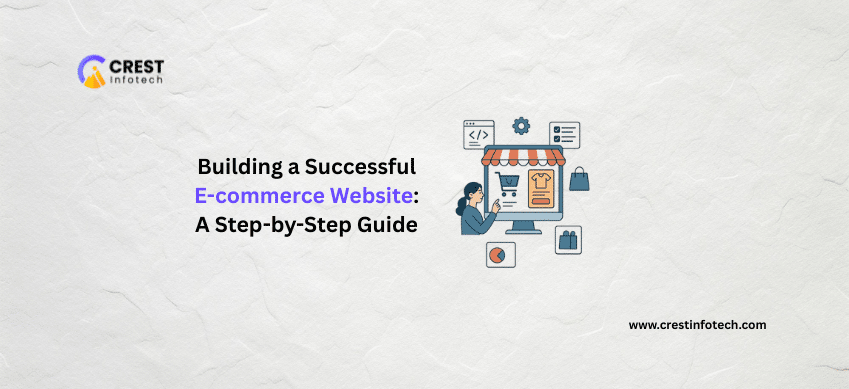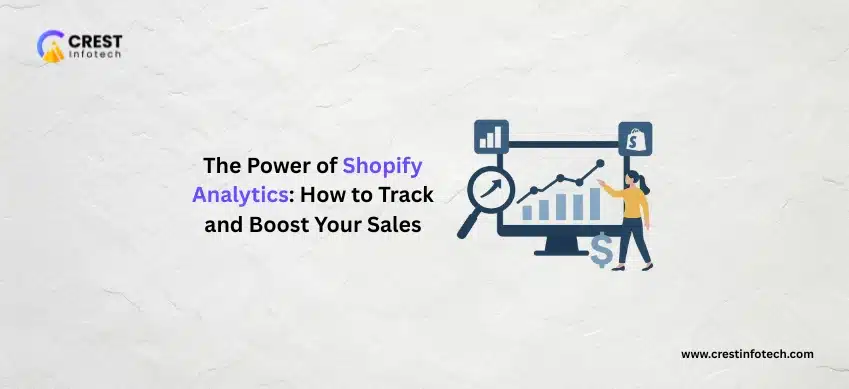In today’s digital age, launching an e-commerce website is one of the most effective ways to sell products and reach a global audience. Whether you’re starting from scratch or transitioning a physical store online, this step-by-step guide will walk you through the process of building a successful e-commerce website.
Step 1: Define Your Niche and Goals
Before writing a single line of code, determine what products you’ll sell, who your target audience is, and what makes your store unique. This helps you make informed design, content, and marketing decisions that align with your business vision.
Step 2: Choose the Right Platform
-
Shopify: Great for beginners with built-in tools and themes
-
WooCommerce: WordPress-based and highly customizable
-
Magento: Robust and scalable for large businesses
-
Choose based on budget, scalability, and technical skills
Step 3: Secure a Domain and Hosting
Your domain should be short, memorable, and relevant to your brand. Hosting should ensure speed, uptime, and security. Many platforms like Shopify include hosting.
Step 4: Design Your Store
Your store’s design affects first impressions and conversion rates. Focus on:
-
User-friendly navigation
-
Mobile responsiveness
-
Consistent branding
-
Fast loading times
Step 5: Add Products and Content
Use high-quality images, clear product descriptions, and SEO-friendly titles. Organize products by category for easier browsing.
Step 6: Set Up Payments and Shipping
-
Integrate gateways like Stripe, PayPal, or Square
-
Configure tax settings for regions you serve
-
Offer flexible shipping options and rates
-
Display shipping times clearly
Step 7: Implement Security Measures
Protect your site and customers with HTTPS, SSL certificates, and secure payment handling. Regularly update your platform and plugins to prevent vulnerabilities.
Step 8: Test and Launch
Test all major features including checkout, payments, and mobile usability before going live. Use test accounts and review every user flow to eliminate bugs.
Step 9: Drive Traffic and Sales
-
Invest in SEO for organic visibility
-
Run social media and email campaigns
-
Use Google Ads or Meta Ads for quick traffic
-
Offer discounts and referral incentives
Final Thoughts
Launching an e-commerce website involves much more than uploading products. It requires thoughtful planning, effective design, robust technology, and continuous marketing. By following these steps, you’ll be on the right path to building a successful online store that attracts, converts, and retains customers.



